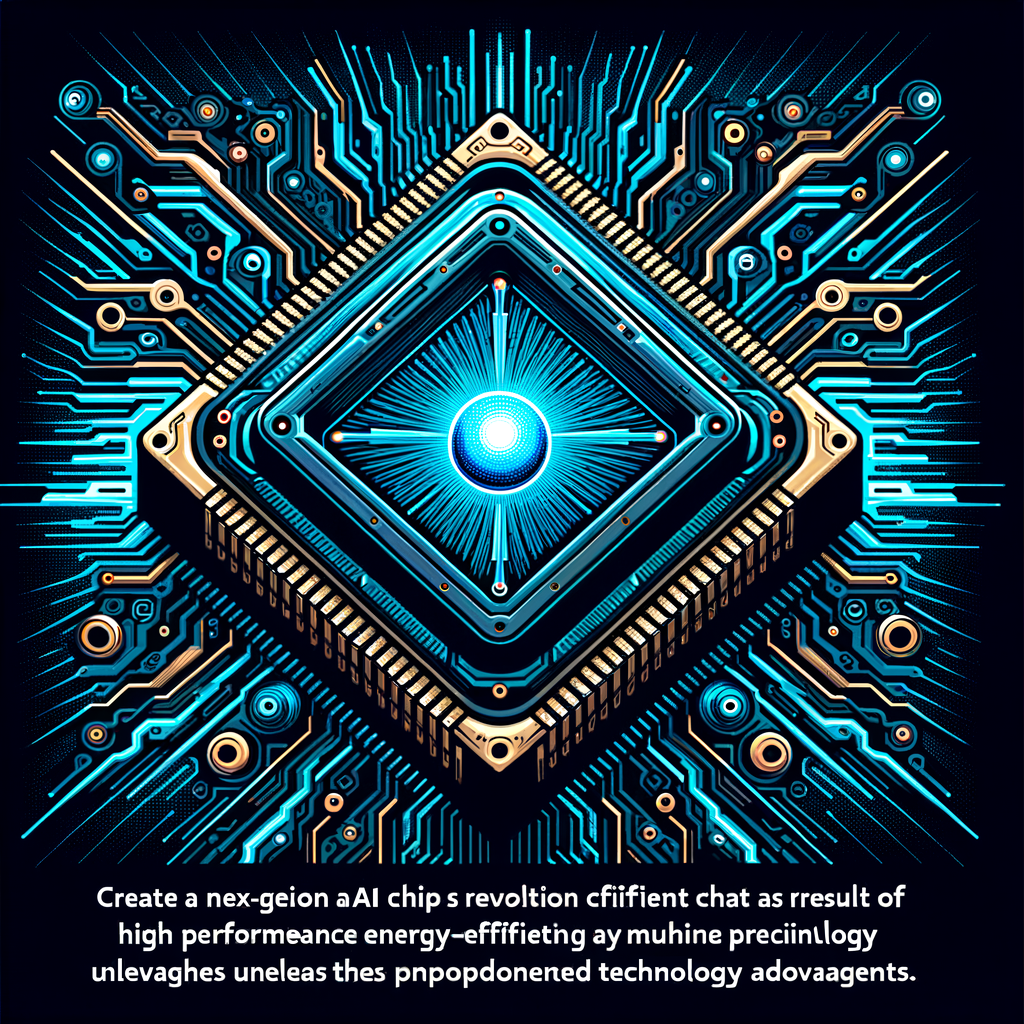“AI Distillation, Competition, and Ethics: OpenAI’s o3-Mini vs. DeepSeek’s R1”

The Mystery of AI Distillation and Competition: OpenAI’s o3-Mini vs. DeepSeek’s R1
With the rapid advancements in AI technology, it seems like each week reveals a new breakthrough—or a new controversy. This time, the spotlight is on OpenAI’s o3-Mini model and its implications, as competition stirs up some intellectual property whispers involving DeepSeek. Let’s explore the intrigue behind AI “distillation.”
What is AI Distillation, Anyway?
In layman’s terms, “distillation” refers to the training process where a more compact AI model learns by using the outputs (often predictions or conclusions) of a larger, more complex model. It enables developers to produce lightweight systems while retaining many of the performance traits of their predecessors. Pretty cool—until questions of ethics and originality arise.
The key question is whether one AI company can replicate another’s model and still maintain integrity and compliance with proprietary usage ethics.
The OpenAI vs. DeepSeek Showdown
- On January 31, 2025, OpenAI announced its o3-mini, boasting that it is 39% more accurate than its predecessor. It aims for mastery in STEM-related fields and promises increased speed and clarity.
- Rumors swirled that OpenAI may have rushed this launch to counter DeepSeek’s R1, a model lauded for delivering exceptional efficiency and being budget-friendly.
- Accusations also surfaced suggesting that OpenAI’s distillation techniques might have borrowed heavily from DeepSeek’s R1 essential features.
- OpenAI, for its part, insists that work on o3-mini began months before DeepSeek’s launch, positioning their innovation as a genuine step forward rather than a desperate move to avoid being outpaced.
Did OpenAI distill greatness—or did they just distill trouble? This clash underscores how competitive and ethically fraught the race in AI innovation has become.
Why Distillation Practices Are Double-Edged Swords
While smaller models trained through distillation can democratize AI access, ethical gray zones emerge when this method becomes a mechanism for potential intellectual property infringement. OpenAI has voiced concerns that if their technology becomes a stepping stone for competitors without permission, this undermines the foundational trust that drives collaborative tech ecosystems.
However, the larger narrative here isn’t just about competition. It’s about how the AI industry evolves policies to protect innovation without stifling creativity in problem-solving. Like all fast-paced industries, success in AI requires balancing open collaboration and protecting proprietary breakthroughs.
AI-Chip Design: When Machines Think Better Than Humans
Another fascinating headline rocking the tech world is the emergence of AI-designed wireless chips. Researchers at Princeton and IIT have developed systems that reduce the time needed for chip designs from months to mere hours and outperform traditional designs. Here’s why it sparks so much excitement:
- AI-generated designs lower costs and are more energy-efficient—key traits for the future of wireless technologies across mobile and IoT industries.
- Some designs are so radically different from human-generated counterparts that they have startled engineers yet proven superior in performance.
- It demonstrates that with AI, we’re opening doors to a level of ingenuity wholly unrestrained by human biases or historical limitations.
Lessons for the Future: When humans collaborate with machine intelligence, the boundaries of innovation seem to blur—and expand.
Takeaways for AI Enthusiasts
From distillation ethics to AI disrupting wireless chips, one thing remains clear: AI is reshaping industries, competition, and how we innovate. But as impressive as these technological feats are, they also come with a clear responsibility. Companies like OpenAI and DeepSeek must not only lead with innovation but also embody transparency, robust security practices, and ethical considerations. And perhaps more importantly, global regulations must catch up faster than computing speeds.
The future of AI is dazzling, and competition sharpens the edge of progress. However, creating frameworks to balance innovation and ethical practices will lay the foundation for AI to serve humanity—not divide it.
Final Thought
In this whirlwind tale, what are your thoughts on the role of ethics in competitive innovation? Should companies prioritize collaboration for the greater good, or is competition the ultimate fuel for progress? The debate continues—and so do the advancements.
Trending Tools Worth Exploring
- Phind: The go-to query-solving platform for developers.
- ZMO.AI: Create striking anime art using AI like a pro.
- Tad AI: Transform text prompts into incredible music tracks.
- #AIInnovation
- #OpenAI
- #AIChipDesign
- #ArtificialIntelligence
- #AIEthics
- #TechFuture
